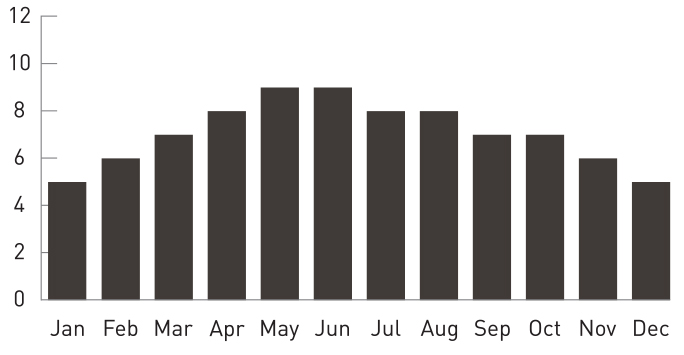Andy and I love making movies in Alabama. It's less expensive. It's more relaxing. The crews are amazing. The State is unbelievably hospitable, friendly and helpful. Having wrapped two films on schedule and under budget, I can't imagine working anywhere else.
Jon Erwin & Andy Erwin, Directors


